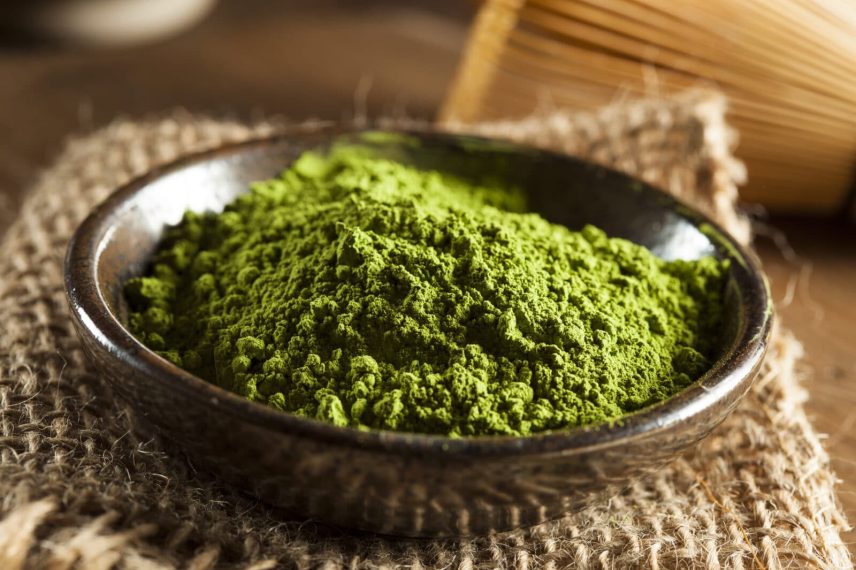Kratom, a plant native to Southeast Asia, has been gaining popularity in recent years for its potential to revolutionize pain relief. The active compounds in kratom, known as alkaloids, interact with the body’s opioid receptors to produce analgesic effects. This has led to increased interest in using kratom as a natural alternative to traditional pain medications.
One of the key alkaloids found in kratom is mitragynine, which acts as a partial agonist at the mu-opioid receptor. This means that it can produce similar effects to opioids without causing the same level of respiratory depression or risk of addiction. In fact, research has shown that mitragynine may actually have lower abuse potential than traditional opioids.
Another important alkaloid in kratom is 7-hydroxymitragynine, which is believed to be even more potent than mitragynine in terms of its analgesic effects. Studies have shown that this compound can provide significant pain relief without the sedative effects commonly associated with opioid medications.
In addition to its interactions with opioid receptors, kratom also contains other compounds that contribute to its pain-relieving properties. For example, certain alkaloids found in kratom have anti-inflammatory and muscle relaxant effects, which can help reduce pain and improve overall comfort.
The effectiveness of kratom strains for pain relief has been supported by numerous anecdotal reports from users who have experienced significant improvements in their symptoms after taking the plant. Many people have reported using kratom successfully to manage chronic conditions such as arthritis, fibromyalgia, and back pain.
Despite these promising findings, there is still some controversy surrounding the use of kratom for pain relief. The FDA has raised concerns about potential risks associated with kratom use, including liver toxicity and addiction. However, many experts argue that these risks are minimal when compared to those associated with traditional opioid medications.
In order to ensure safe and effective use of kratom for pain relief, it is important for individuals to educate themselves about proper dosing and administration techniques. It is also recommended to purchase high-quality products from reputable sources in order to minimize the risk of contamination or adulteration.
Overall, the science behind kratom’s efficacy as a natural pain reliever is promising. With further research and clinical trials, it is possible that this plant could become a valuable tool in the fight against chronic pain. As more people seek alternatives to traditional medications with potentially harmful side effects ,kratom offers a promising solution that deserves further exploration.

